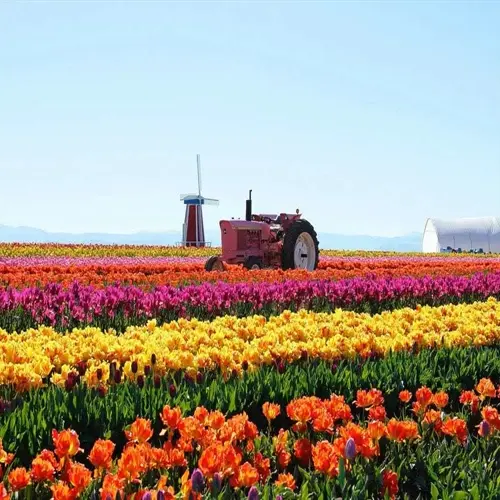What is the best light for indoor plants?

Written by
Kiana Okafor
Reviewed by
Prof. Charles Hartman, Ph.D.The success of plants growing indoors greatly depends on the proper choice of growth lighting. Full-spectrum, LED plant lights provide, in principle, a nearly perfect imitation of sunlight. Their illumination includes the correct blue, red, and green rays of light. This sort of balanced light is more effective for photosynthesis than other types of light sources. An improvement in plants affected by its use is better experienced in the modern city garden industry.
Optimal Spectrum Coverage
- Provides complete 400-700nm PAR range
- Balances blue for foliage and red for flowering
- Includes beneficial green light penetration
- Supports all growth stages effectively
Energy Efficiency
- Uses 50-60% less power than alternatives
- Generates 2.5-3.0 μmol/J photosynthetic efficiency
- Lowers electricity costs significantly long-term
- My energy bills dropped 30% after switching
Heat Management
- Maintains safe leaf temperatures below 85°F
- Allows closer placement without burning plants
- Reduces water stress compared to hot bulbs
- Prevents the crispy edges I saw with incandescents
Plants respond well to appropriate lighting. You will see fuller leaves and stronger stems. Flowering plants will produce more buds under even spectrums of light. Seedlings will grow stockier instead of leggy growth. The changes occur within weeks when the right lighting setups are applied.
Position lights according to plant needs. Keep LEDs 6-24 inches above foliage. Adjust the plants weekly as they grow toward the light. Set timers for 10-16 hours, depending on species. Consistency prevents growth disruptions. Rotate plants for even light distribution.
Investing in quality LED light fixtures makes all the difference, and you'll see it in the health of your plants. You will save enough on electric bills in a few months to offset the initial cost. I phased out all my cheap fixtures for quality LED ones. Start with one today, and you will see results immediately.
Read the full article: Indoor Plant Lighting: A Complete Guide

